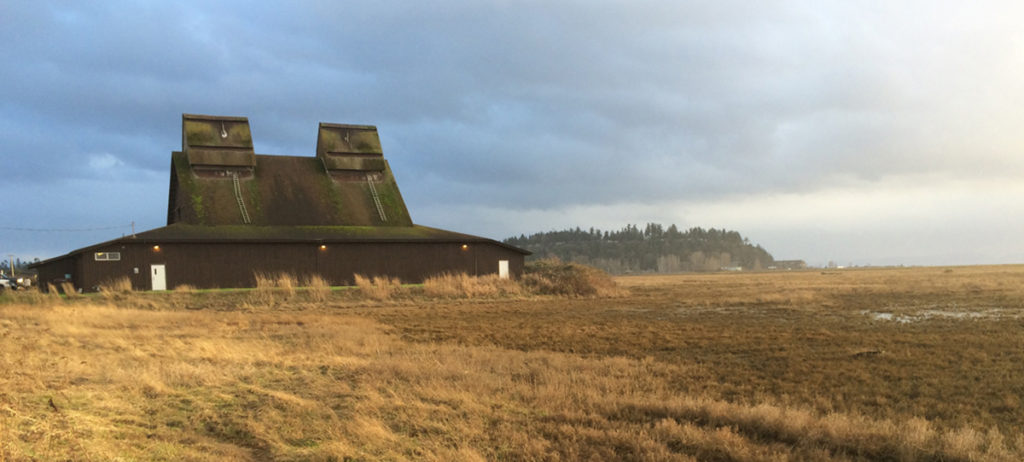
SQUAMISH NATION
The Squamish Nation or Skwxwú7mesh Úxwumixw, is the largest First Nation in Metro Vancouver, both by population and area of reserve land. Over half of the Squamish Nation’s 4,200 members live on-reserve. Squamish territory extends from North Vancouver to beyond Whistler, and includes portions of Vancouver, Port Moody, Burnaby, New Westminster and the Sunshine Coast. The Squamish Nation has a strong economic presence in the region. The Squamish people remain tied to land and culture despite the effects of colonialism and industrialization. Many members of the Squamish Nation are working to strengthen traditional language and cultural practices within the community.
STÓ:LŌ NATION
Stó:lō Nation (SN) is a political union comprised of eleven Stó:lō communities (Stó:lō being the Halq’emeylem word for “river”). As of 2016, the Coast Salish First Nation is comprised of 2,638 people along the Fraser and Harrison rivers, from Matsqui and Sumas in the south to Skawalook in the north. While there are a multitude of practices that connect Stó:lō people to their land: salmon fishing, plant gathering for medicine, entering into land code agreements, Stó:lō people have formed a cultural continuum to their origin stories. These oral histories explain how many mountain features were once humans transformed into stone but who retain the living Shxweli (spirit) of their original being. For the Stó:lō, passing on this culturally specific knowledge is crucial.
STÓ:LŌ TRIBAL COUNCIL
Stó:lō Tribal Council (STC) is the political association governing eight Stó:lō communities who split off from the rest of Stó:lō Nation in 2005. The council members have reserve lands across the Lower Mainland, from Metro Vancouver all the way up to Hope at the eastern end of the Fraser Valley. They live in close proximity to the non-Indigenous communities of the region and the members of Stó:lō Nation, with whom they maintain strong cultural ties. Recently, some STC communities have made progress on treaty settlement and entered land code management, opting out of one-third of the Indian Act.
TSLEIL-WAUTUTH
Tsleil-Waututh Nation (TWN) has approximately 500 members and is situated on the Burrard Inlet in North Vancouver. The nation’s belief that Takaya the Wolf bestowed upon them the responsibility to steward the land has led to environmental protection being a top priority. TWN is currently at stage four of six in the treaty negotiation process with the provincial and federal government. The nation has established collaborative partnerships with government on a case-by-case basis. The co-management of Say Nuth Khew Yum and Whey-ah-Wichen Parks provide two examples of partnership between the community and various levels of government.
TSAWWASSEN
Tsawwassen First Nation (TFN) is a small community located 45 minutes from downtown Vancouver. The area, which neighbours the residential community of Tsawwassen, spans a six-kilometre stretch along Tsawwassen Drive and includes homes, a band office and a busy community centre. TFN has nearly 450 members, less than half of whom live in the community. As B.C.’s first urban treaty, TFN is a self-governing nation, enforcing its own laws and overseeing economic development. Construction has boomed since the 2009 treaty, including last fall’s opening of the $600 million Tsawwassen Mills.
URBAN INDIGENOUS COMMUNITY
The Indigenous community has a significant presence in Metro Vancouver, with approximately 70,000 Indigenous people living in the area as of 2014. The city of Vancouver has the third largest population of Indigenous people in Canada. While there are three Coast Salish Nations who are Indigenous to the land here, the urban landscape is also home to First Nations, Metis and Inuit from all over Canada. Increasingly, more Indigenous people move to the city for jobs, education, medical services and other opportunities. In the coming years, Indigenous people will continue to become a significant part of the urban landscape.

